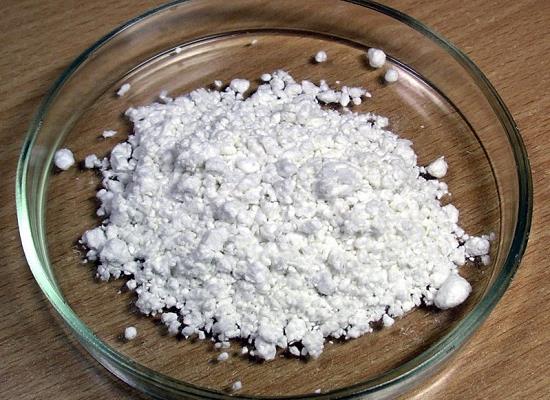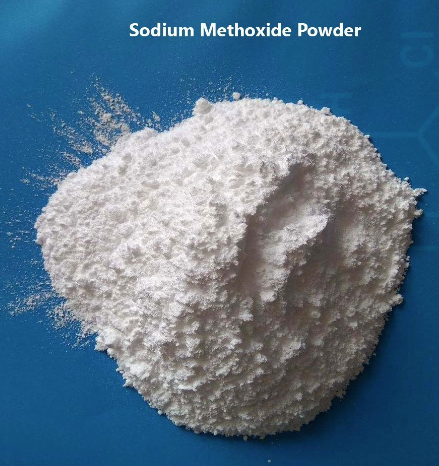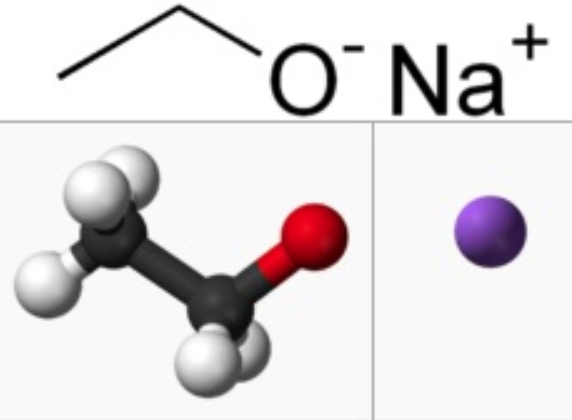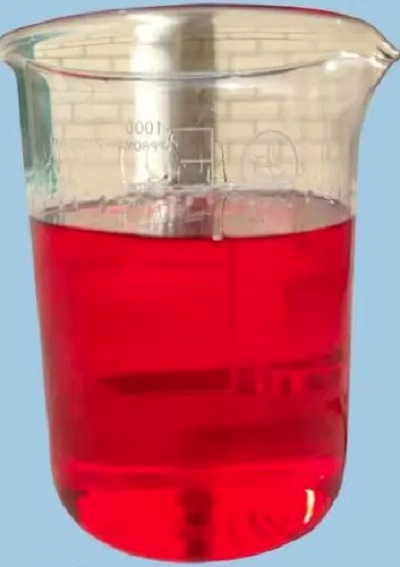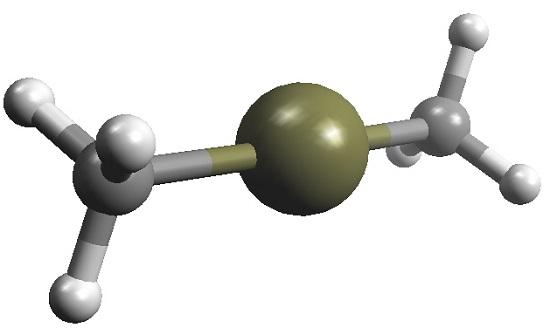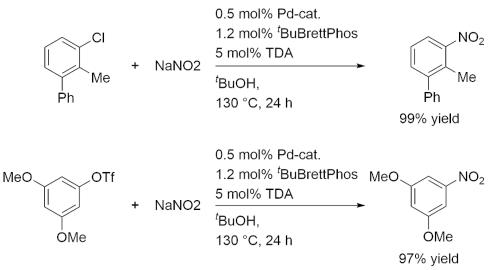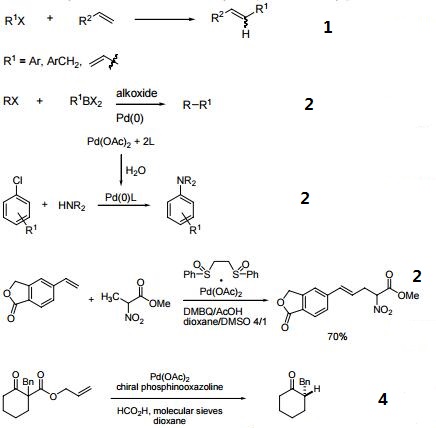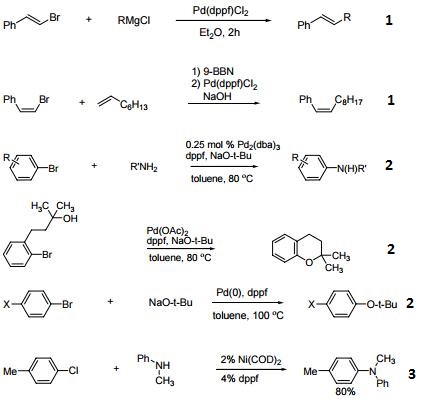Organometallic compounds
More
Less
Organometallic compounds contain least one chemical bond between a carbon atom of an organic molecule and a metal, including alkaline, alkaline earth, and transition metals, and sometimes broadened to include metalloids like boron, silicon, and tin, as well. Aside from bonds to organyl fragments or molecules, bonds to 'inorganic' carbon, like carbon monoxide (metal carbonyls), cyanide, or carbide, are generally considered to be organometallic as well.
18-Crown-6: Applications in Coordinated Metal Halides and Effect on Oxytocin Stability
Oct 25,2024
Organometallic compounds Diphenylphosphine: Applications in Organometallic Chemistry and Water Treatment
Oct 24,2024
Organometallic compounds 